Electronic waste (or e-waste) is a catch-all phrase used to describe discarded electronic, electrical or battery-operated goods. Typically, items include computer equipment, televisions, appliances, mobile phones, tools and a vast range of electronic items.
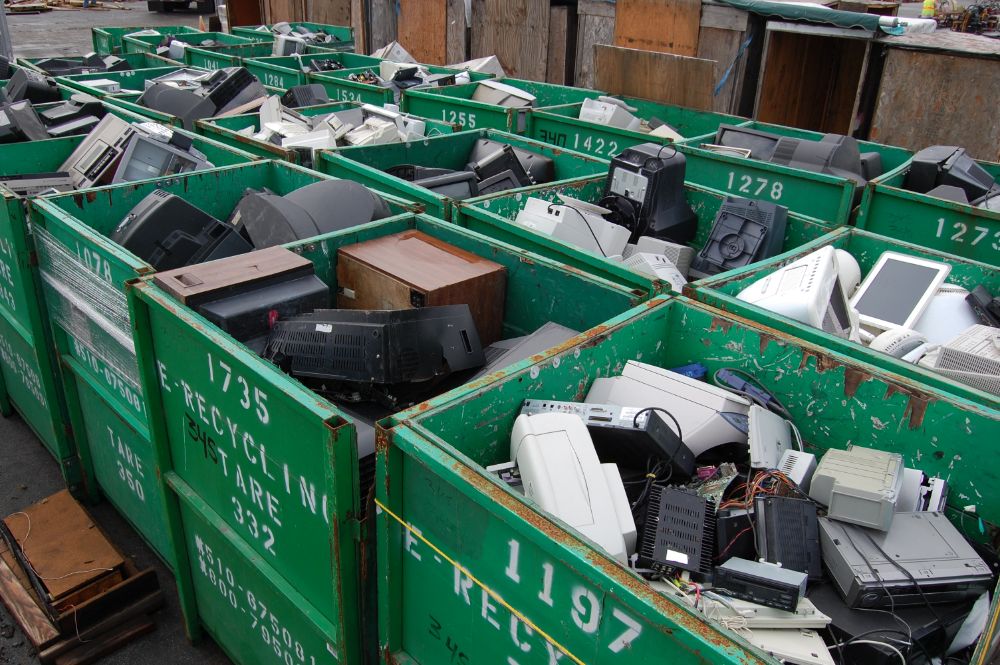
What is E-waste?
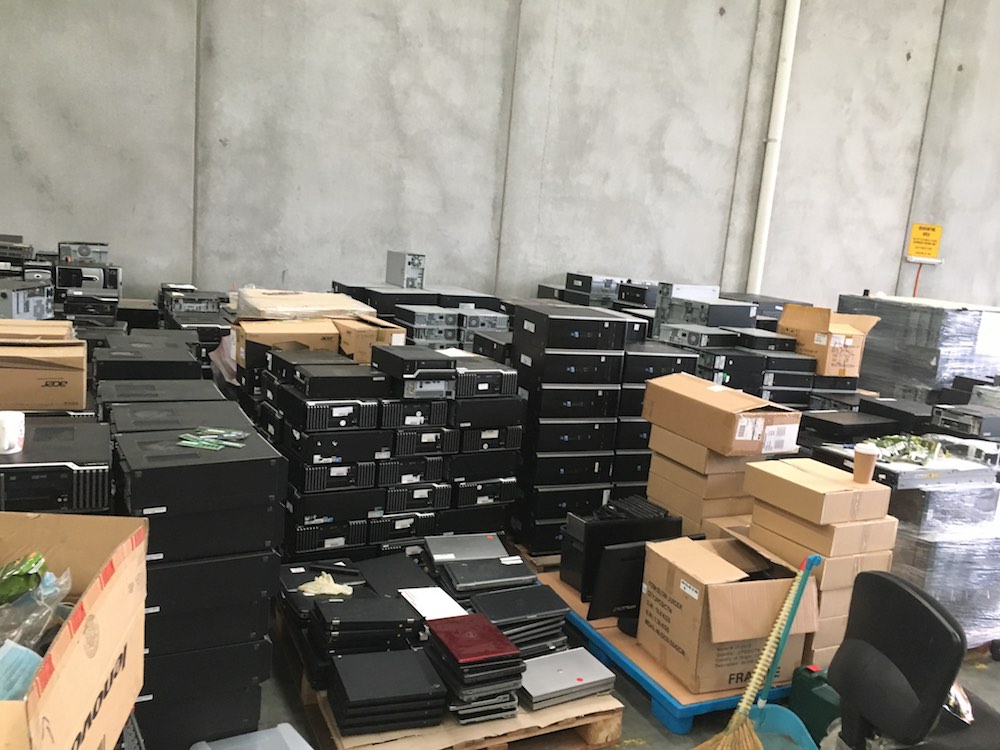
The Growing Problem of E-waste
There are large quantities of e-waste world-wide (predicted to reach 61 million tonnes by 2021) and this amount is growing at a rate of approximately 8% per year as manufacturers increase the choice of electronic items and decrease product lifespans (Global e-Waste Monitor). The bad news is that only around 20% of this huge amount of waste is being recycled.
A lot of e-waste contains heavy metals, in particular lead and mercury, and chemicals such as chlorofluorocarbons and flame retardants which attack the ozone layer.
These chemicals are extremely dangerous in our environment, causing contamination of our waterways, soil and air. Large volumes of e-waste going to landfill increases the problem significantly, resulting in non-reversable environmental pollution.
Australia is considered one of the highest users of technology world-wide with 99% of the population owning at least one TV. Our e-waste is growing three times faster than our general waste output and as of 2018 it can no longer be shipped to China for disposal. As of July 2019, it is no longer legal to send it to landfill in Victoria.
Therefore, Australia is facing increasing pressure to repurpose and recycle e-waste.
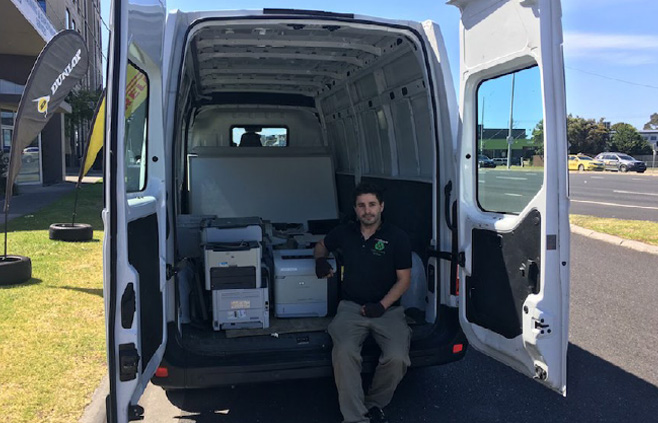
The Recycling Solution
Australia (and the world) is facing a rapidly increasing e-waste disposal problem. We need to actively reduce the amount of e-waste being sent to landfill. The solution is recycling.
Recycling e-waste offers multiple benefits to the environment:
- Reduces the amount of landfill
- Reduces environmental pollution caused by dangerous substances ending up in our waterways, soil and air
- Allows recycling of valuable materials
«Fortunately, there is significant motivation to process e-waste as it is generally rich in precious metals – gold, silver and palladium – and base metals such as copper, aluminium and iron. Rare earth metals associated with batteries are also very high in economic value. Precious metals make up almost 80 per cent of the value of circuit boards and are many times richer than ores that we mine for these materials so, if separated from casings and other materials, they represent a very attractive ‘urban ore’» states Professor Geoffrey Brooks from Swinburne University.
A Tech Recyclers is at the forefront of tackling the e-waste issue via efficient and quick repurposing and responsible recycling of your e-waste.
Contact us today to discuss your needs 0402651980
Alternatively you can drop off your e-waste at any of the following locations:
- Drop off point – 16-20 Spray Avenue, Mordialloc VIC 3195
- City of Kinston Council Office – Ground floor, 1230 Nepean Hwy Cheltenham 3192
- Chelsea Library – 1 Chelsea Road, Chelsea 3196
- Westall Library – 35 Fairbank Road, Clayton South 3169
- Patterson Lakes Library – 54 Thomson Road, Patterson Lakes 3197
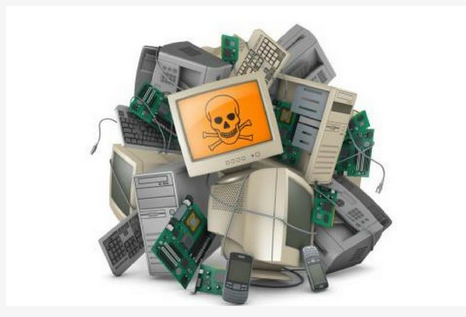
Hazardous Materials
A lot of e-waste contains heavy metals, in particular lead and mercury, and chemicals such as chlorofluorocarbons and flame retardants which attack the ozone layer.
These chemicals are extremely dangerous in our environment, causing contamination to our waterways, soil and air. Large volumes of e-waste going to landfill increases the problem significantly resulting in non-reversable environmental pollution.

Valuable Materials
E-waste items also contain valuable materials that can be recycled.
Electrical goods contain a variety of valuable materials such as copper, zinc, gold, silver and platinum. While these metals only occur in small amounts, with the right methods they can be extracted, compounded and re-used.
Precious metals are non-renewable, so effective recycling is essential for continued re-use of these metals and components. It is extremely important for the environment and for the sustainability of our natural resources that we recycle these valuable materials.
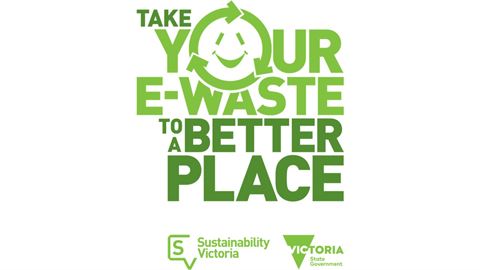
Victorian Government Ban on E-waste in Landfill
The Victorian Government has banned dumping of e-waste in landfill in Victoria. This amendment to the Waste Management Policy (E-waste) became effective as of 1 July 2019.
In Australia e-waste is growing three times faster than other general waste streams. E-waste includes a variety of electrical or battery powered items that we use and discard from our homes and offices. Items include televisions, computers, mobile phones, appliances, tools and white goods. They contain both hazardous materials and chemicals, which are dangerous to the environment and humans, and valuable materials which are scarce and should be recovered and recycled.
Poor management of e-waste is hazardous to the environment and human health. Dumping and stockpiling of e-waste can result in fire and soil contamination. Dangerous chemicals leach into the soil over time and end up in our waterways causing irreversible damage.

E-waste in Landfill: Environmental Impact
A lot of e-waste contains heavy metals, in particular lead and mercury, and chemicals such as chlorofluorocarbons and flame retardants which attack the ozone layer.
These chemicals are extremely dangerous in our environment, causing contamination to our waterways, soil and air. Large volumes of e-waste going to landfill causes significant, non-reversable environmental pollution.
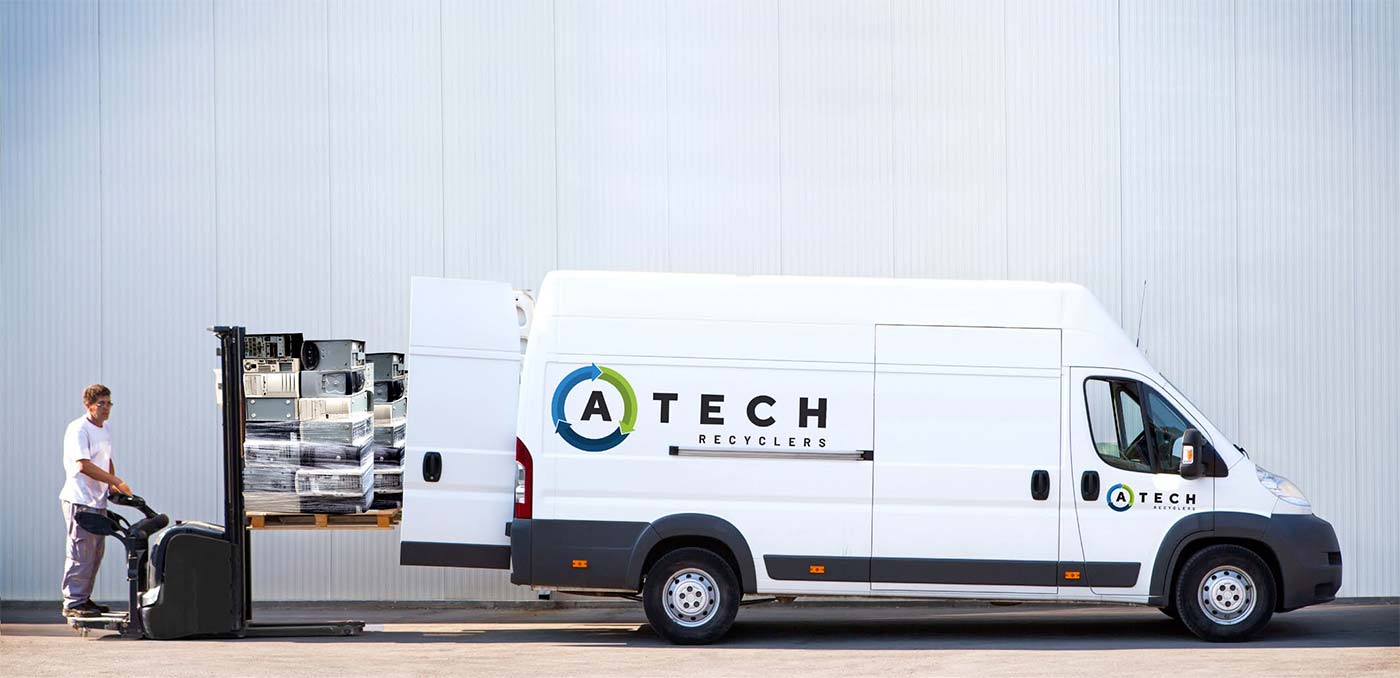
Alternative E-waste Disposal
The ban on e-waste in landfill promotes best practice and continuous improvement in waste disposal and the way in which landfill and e-waste is managed in Victoria. This regulation will prevent large quantities of e-waste being dumped in landfill and importantly, will help to increase the practice of resource recovery and recycling.
Through an assessment and consultation process, the Victoria Government has concluded that more appropriate waste management options are available for e-waste disposal, and encourages sustainable practices such as recycling and resource recovery.
This important amendment to the Waste Management Policy (E-waste) aims to reduce e-waste from landfill, increase resource recovery and ensure e-waste is managed in way that minimises risk to the environment and human health.


